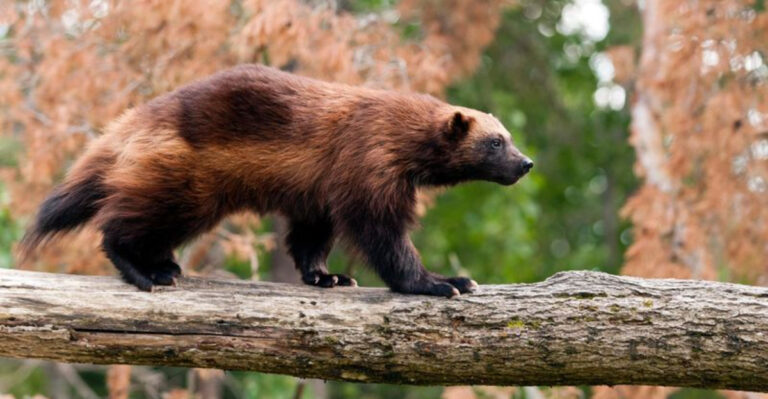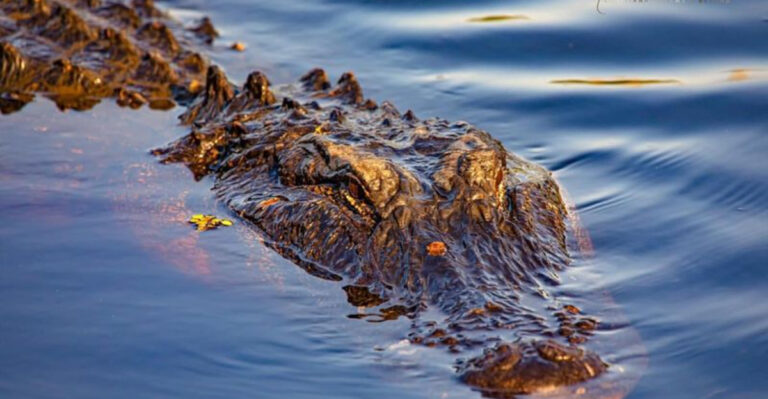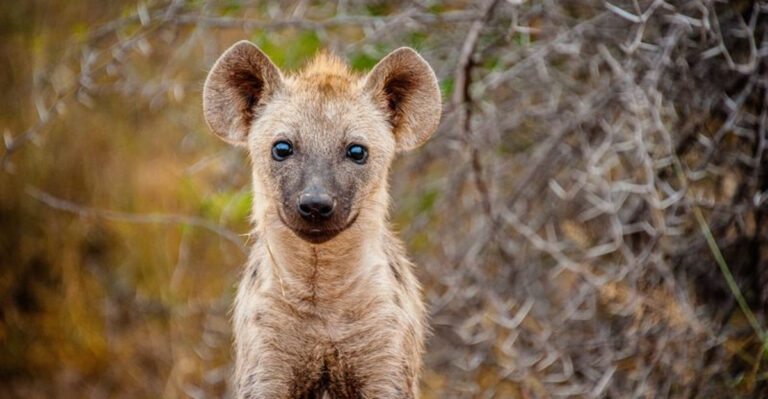10 U.S. States Where You’ll Rarely See Snakes And 5 Where They Thrive
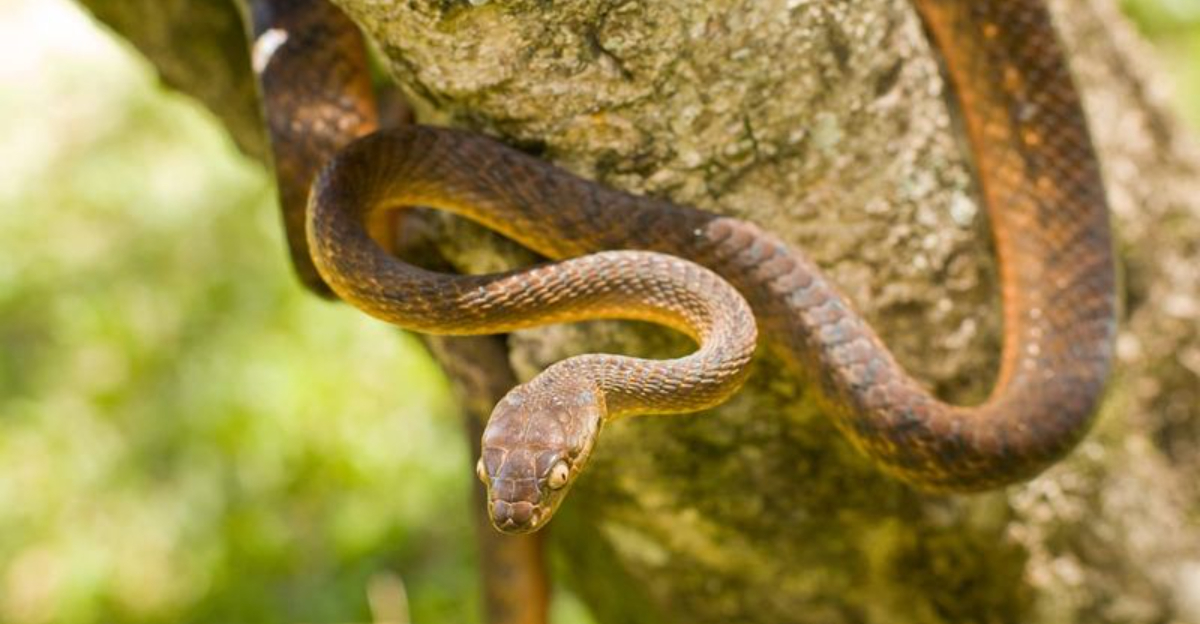
Ever wondered where you might encounter a slithering surprise – or where you can relax without worrying about serpentine neighbors? The United States has remarkable diversity when it comes to snake populations.
Climate, terrain, and urbanization all play crucial roles in determining which states become snake havens and which remain relatively reptile-free. Let’s explore the snake landscape across America!
1. Alaska: The Snake-Free Frontier
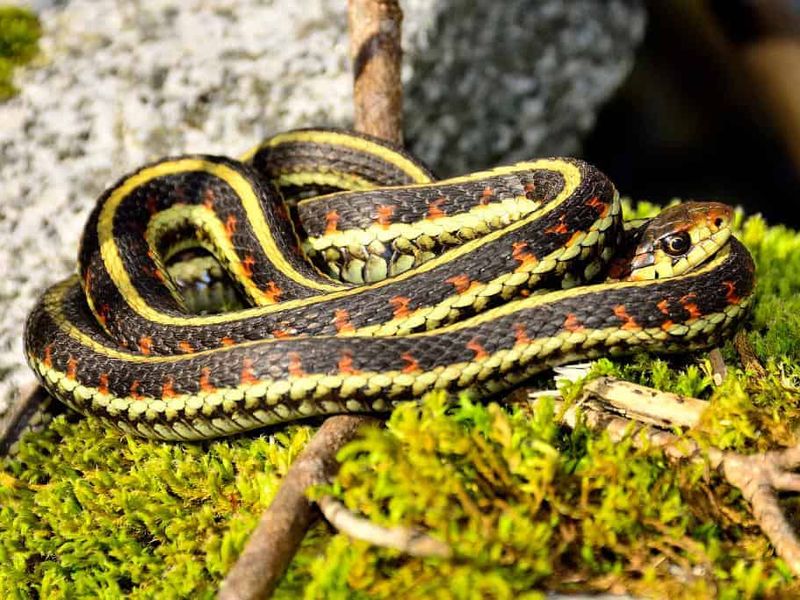
Frozen tundra and frigid temperatures make Alaska completely inhospitable for cold-blooded reptiles. Not a single native snake species calls the Last Frontier home!
The state’s long, harsh winters and short, cool summers create an environment where snakes simply cannot survive naturally. Even garter snakes, North America’s most adaptable serpents, draw the line at Alaska’s chilly conditions.
2. Maine: Too Cool For Scales
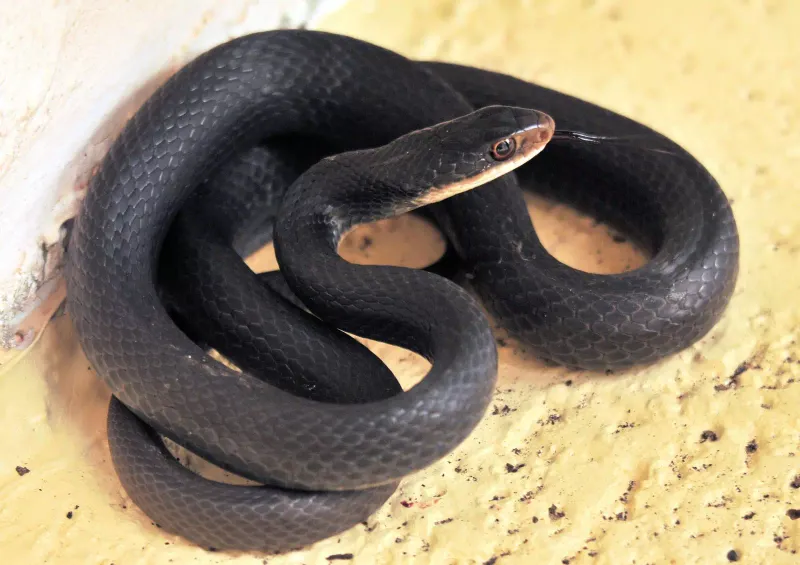
Maine’s chilly climate limits snake diversity to just nine non-venomous species. The common garter snake occasionally appears in gardens, but encounters remain rare compared to southern states.
Rocky coastlines and dense pine forests provide limited habitats for these cold-blooded creatures. Most Mainers can hike for years without spotting a single slithering reptile in this northeastern haven.
3. Hawaii: Paradise Without The Fangs

Island isolation has blessed Hawaii with a naturally snake-free ecosystem! The only slithering residents are the occasional stowaways that arrive via shipping containers.
State authorities maintain rigorous biosecurity measures to keep it that way. Smuggling snakes into Hawaii carries severe penalties, including potential jail time. This vigilance protects native birds and preserves Hawaii’s unique snake-free status.
4. Rhode Island: Small State, Smaller Snake Population
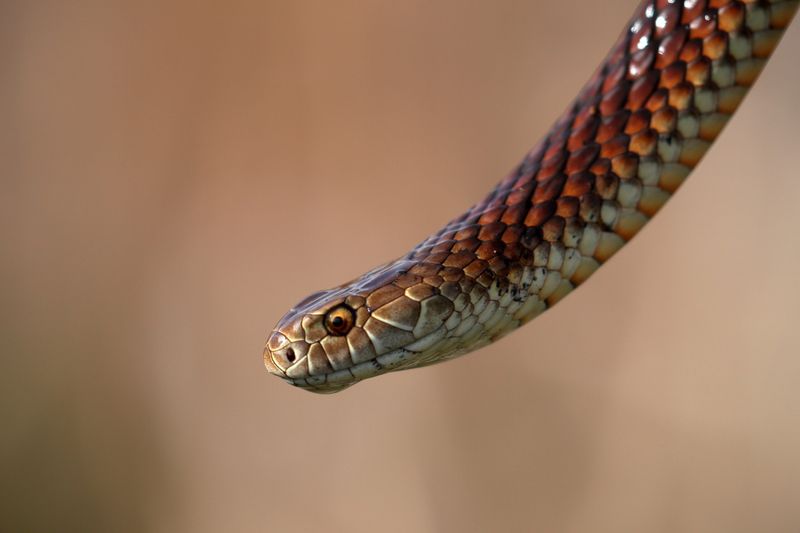
Being the smallest state has its advantages! Rhode Island’s limited wilderness areas and dense human population mean fewer snake habitats.
Only eleven species call this tiny state home, and most stick to rural pockets away from coastal communities. The northern black racer makes occasional appearances, but the average Rhode Islander rarely crosses paths with these shy residents.
5. Michigan: The Upper Peninsula’s Reptile Scarcity
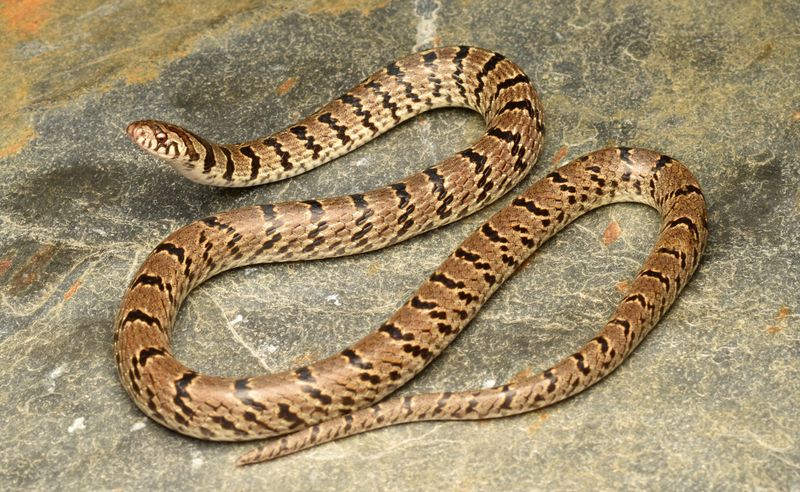
Winter wonderland for half the year means Michigan’s Upper Peninsula sees minimal snake activity. The region’s lengthy snow season and freezing temperatures create natural barriers for cold-blooded creatures.
While the southern portion hosts about seventeen species, the UP claims just a handful. Most Michiganders in northern counties can explore forests and lakeshores with virtually no chance of snake encounters.
6. Vermont: Green Mountains, Few Reptiles
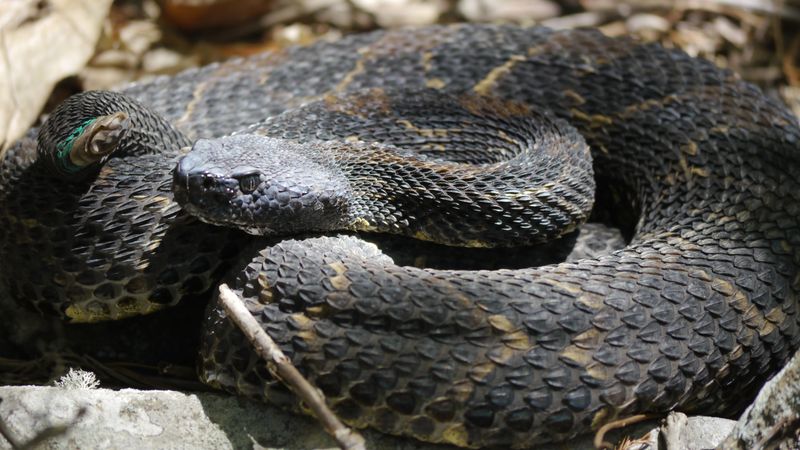
Mountainous terrain combined with frosty winters makes Vermont a challenging place for snakes to thrive. The Green Mountain State hosts just eleven species, none of which are venomous.
Most Vermont snakes hibernate for nearly half the year! The common garter snake occasionally surprises hikers, but most trails remain serpent-free throughout the popular summer tourism season.
7. North Dakota: Prairie Lands With Minimal Fangs
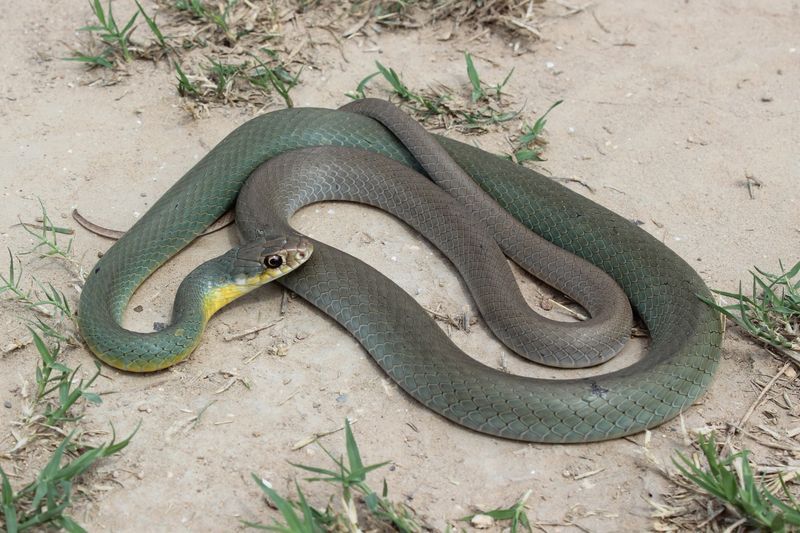
Brutal winters reaching -40°F make North Dakota a tough place for cold-blooded creatures. Only eight snake species have adapted to survive these harsh conditions!
The plains garter snake occasionally appears near water sources, but vast stretches of prairie remain virtually snake-free. Most residents can spend decades in the Peace Garden State without a single snake sighting.
8. New Hampshire: The Granite State’s Reptile Gap
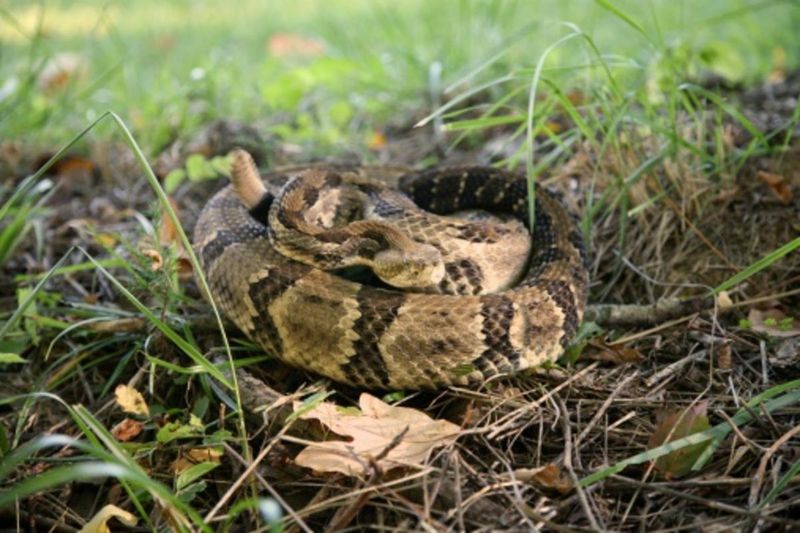
Rocky terrain and mountainous landscapes limit New Hampshire’s snake diversity to just eleven species. The timber rattlesnake once roamed these hills but is now considered endangered and incredibly rare.
Most New Hampshirites live their entire lives without spotting a snake! The combination of developed areas and cold climate creates natural barriers that keep snake populations minimal throughout the state.
9. Massachusetts: Urban Development Keeps Snakes At Bay
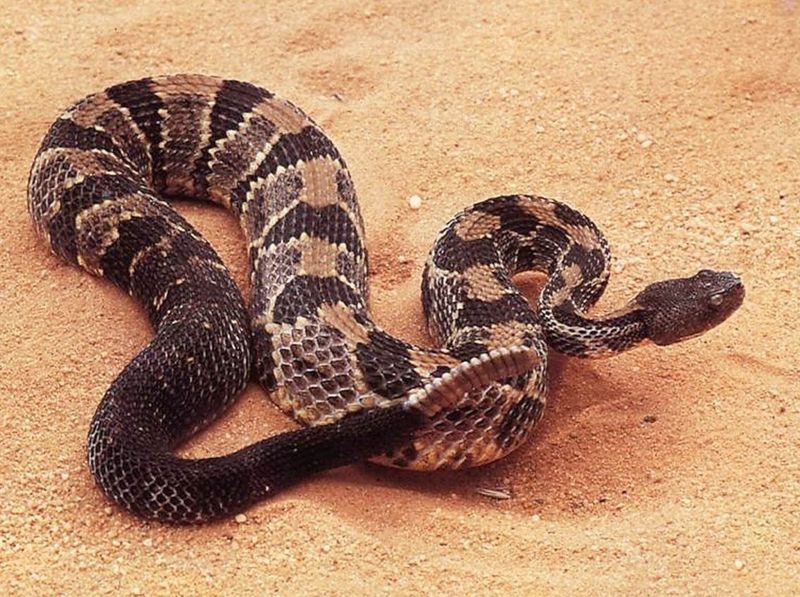
Bustling cities and suburban sprawl have significantly reduced snake habitats across Massachusetts. The eastern portion of the state, including Boston and surrounding areas, reports minimal snake sightings.
Only fourteen species call the Bay State home. The endangered timber rattlesnake maintains tiny populations in isolated pockets, but the average resident rarely encounters any slithering creatures in this heavily developed region.
10. Minnesota: Land Of 10,000 Lakes (But Few Snakes)
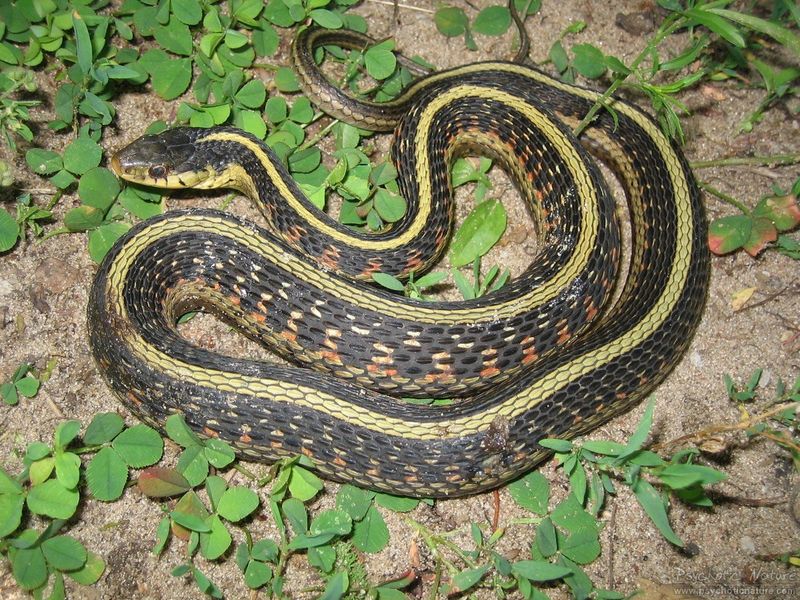
Frigid temperatures that plunge below zero for months make Minnesota inhospitable for most serpents. Only seventeen species have adapted to these harsh northern conditions.
The common garter snake occasionally surprises gardeners, but vast regions remain virtually snake-free. Lake areas and northern counties see minimal reptile activity, making Minnesota a comfortable destination for ophidiophobes.
11. Arizona: Desert Snake Paradise
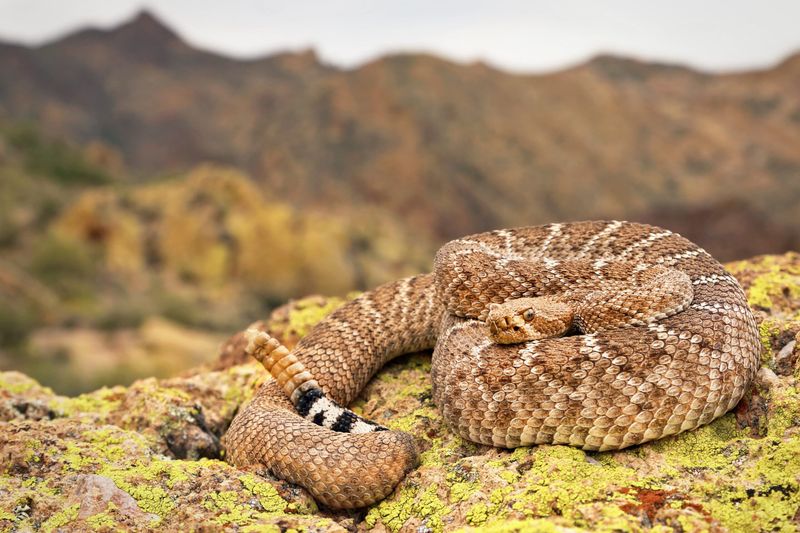
Warm year-round temperatures and diverse habitats make Arizona a snake enthusiast’s dream! With over 50 species, including 13 types of rattlesnakes, the Grand Canyon State ranks among America’s snake capitals.
The iconic diamondback rattlesnake thrives in desert regions. Urban areas like Phoenix and Tucson regularly report backyard visitors, especially during summer months when snakes seek water sources near human habitation.
12. Texas: Everything’s Bigger, Including Snake Diversity
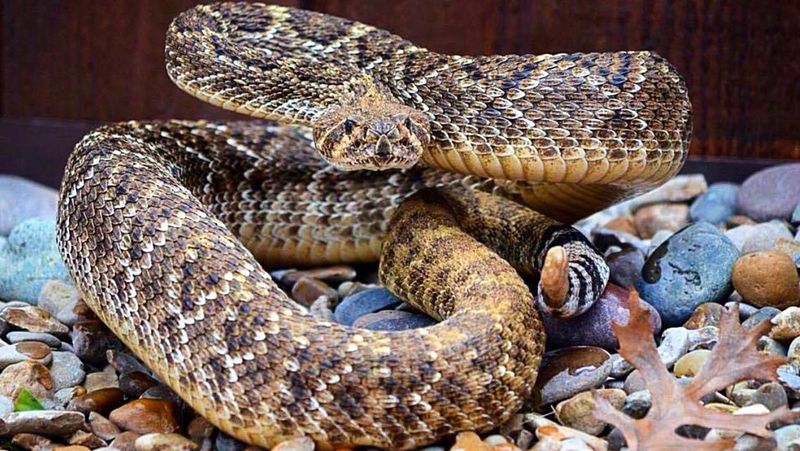
The Lone Star State boasts an impressive 68 snake species—the highest diversity in the nation! From western diamondbacks to colorful coral snakes, Texas provides perfect habitats across its varied landscapes.
Central Texas’s Hill Country serves as a particular hotspot. Urban areas aren’t immune either—Austin residents frequently report garden visitors during warmer months. This reptile richness makes Texas a true snake sanctuary.
13. Florida: Swamp Serpents Thrive
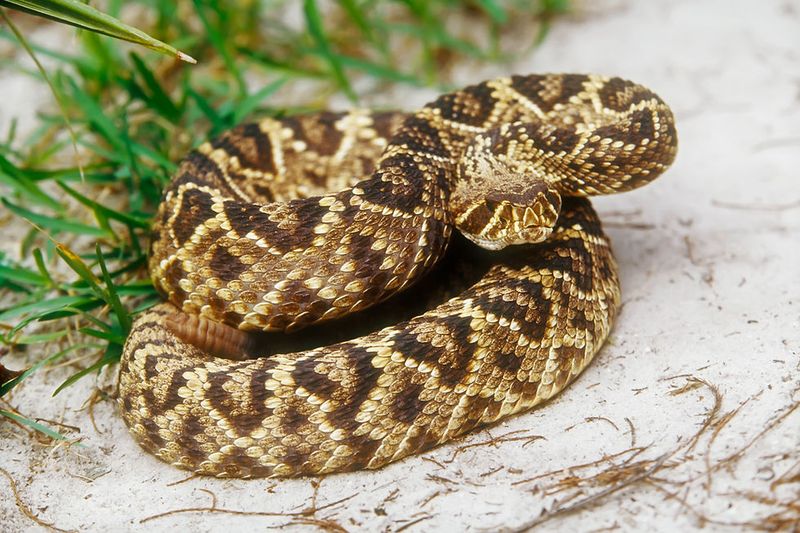
Tropical climate and wetland ecosystems create snake paradise across the Sunshine State. Native species like the eastern diamondback rattlesnake flourish alongside exotic invaders such as Burmese pythons.
The Everglades hosts an estimated 100,000+ invasive pythons! Urban neighborhoods regularly report snake sightings, especially during rainy seasons. Florida’s combination of heat, humidity, and habitat diversity makes it a snake hotspot year-round.
14. Georgia: Southern Hospitality Extends To Serpents

Mild winters and diverse ecosystems from mountains to coastline make Georgia a snake haven. The Peach State hosts 46 species, including six venomous varieties that thrive in its warm climate.
Copperheads frequently visit suburban gardens, especially in Atlanta’s wooded neighborhoods. Southern counties report year-round activity, while even winter months see occasional snake sightings during warm spells. Georgia’s snake abundance reflects its ecological richness.
15. Oklahoma: Where Prairie Meets Snake Country
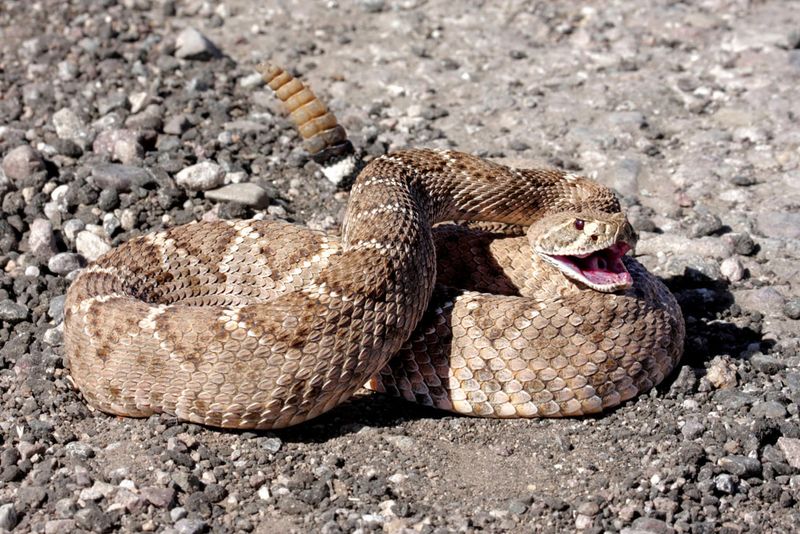
Diverse habitats ranging from prairies to mountains support Oklahoma’s impressive snake population. The Sooner State hosts 46 species, including seven venomous varieties that thrive across its varied terrain.
Western diamondbacks dominate the arid western regions. Eastern portions report abundant water snakes near lakes and streams. Even urban areas like Oklahoma City experience regular backyard visitors during summer months when snakes become most active.

